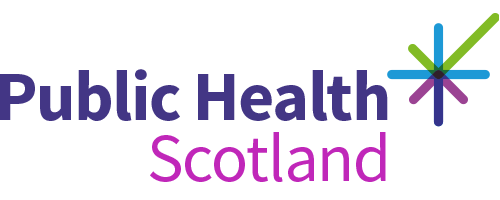Teenage Td/IPV and MenACWY Immunisation Statistics Scotland
School year 2024/25
An Official Statistics publication for Scotland
- Published
- 25 November 2025 (Latest release)
- Type
- Statistical report
- Author
- Public Health Scotland
About this release
This annual Public Health Scotland (PHS) release updates teenage Td/IPV and MenACWY immunisation coverage for pupils in their third and fourth years of secondary school (S3 and S4). The Td/IPV vaccine completes childhood protection against tetanus, diphtheria and polio, while MenACWY protects against meningitis and septicaemia (blood poisoning) from meningococcal groups A, C, W and Y. In Scotland, these vaccines are routinely offered to pupils in S3 at approximately 14 years of age, with re-offers available in subsequent years (S4-S6) for pupils not fully immunised.
Main points
- Approximately two thirds of S3 pupils in 2024/25 received their Td/IPV and MenACWY vaccines and coverage increased slightly compared with the previous year. For S3 pupils in 2024/25, coverage of Td/IPV vaccine was 70.1% (68.9% in 2023/24), and MenACWY vaccine coverage was 70.2% (68.9% in 2023/24).
- Pupils who miss the routine teenage booster immunisation sessions in S3 are offered the vaccines in S4. In 2024/25 an additional 5.5% of pupils received these vaccines when they were in S4, taking immunisation rates to above 74% by the end of S4 (Td/IPV 74.4%, MenACWY 74.4%).
- The Scottish Index of Multiple Deprivation (SIMD) - Scotland’s standard measure of relative deprivation - shows that pupils living in the most deprived quintile had lower coverage compared with those living in the least deprived quintile. In 2024/25, this difference in coverage was 25.9 and 26.1 percentage points for Td/IPV and MenACWY, respectively, in S3 pupils; and 24.0 percentage points for both Td/IPV and MenACWY in S4 pupils. These gaps have widened since the COVID-19 pandemic, with differences in coverage between pupils living in the most and least deprived quintiles previously ranging between 12-14 percentage points.
- Male pupils were consistently less likely to receive the Td/IPV and MenACWY vaccines compared to female pupils, reflecting a long-term trend in vaccine coverage rates. By the end of S4, 72.8% and 72.7% of male pupils were immunised, compared to 76.1% and 76.0% for female pupils (Td/IPV vaccine and MenACWY vaccines respectively).
- There was variation in coverage across all vaccines and school years by ethnicity. For all pupils in S3 in 2024/25, coverage ranged from 33.3% (Gypsy/Traveller) to 76.2% (Irish). Ethnicity classifications are based on the Scottish 2022 Census categories, which are used as standard across NHS Scotland. Further work is needed to understand disparities and develop strategies to improve coverage among all ethnic groups.
- Coverage by urban rural classification showed that children living in very remote small towns were less likely to be immunised across both class years. Coverage of the Td/IPV vaccination amongst children in S3 was lowest for those living in very remote small towns (57.7%) and highest for pupils living in accessible rural areas (76.1%).
Background
Vaccination programmes aim to protect the individual from many serious infectious diseases and to prevent their spread within the wider population. Further information for the Td/IPV and MenACWY immunisations can be found online at NHS Inform: vaccines for young people.
Further information
The next release of this publication will be November 2026.
General enquiries
If you have an enquiry relating to this publication, please contact Neil Perkins at phs.vaccineanalytics@phs.scot.
Media enquiries
If you have a media enquiry relating to this publication, please contact the Communications and Engagement team.
Requesting other formats and reporting issues
If you require publications or documents in other formats, please email phs.otherformats@phs.scot.
To report any issues with a publication, please email phs.generalpublications@phs.scot.
Older versions of this publication
Versions of this publication released before 16 March 2020 may be found on the Data and Intelligence, Health Protection Scotland or Improving Health websites.

